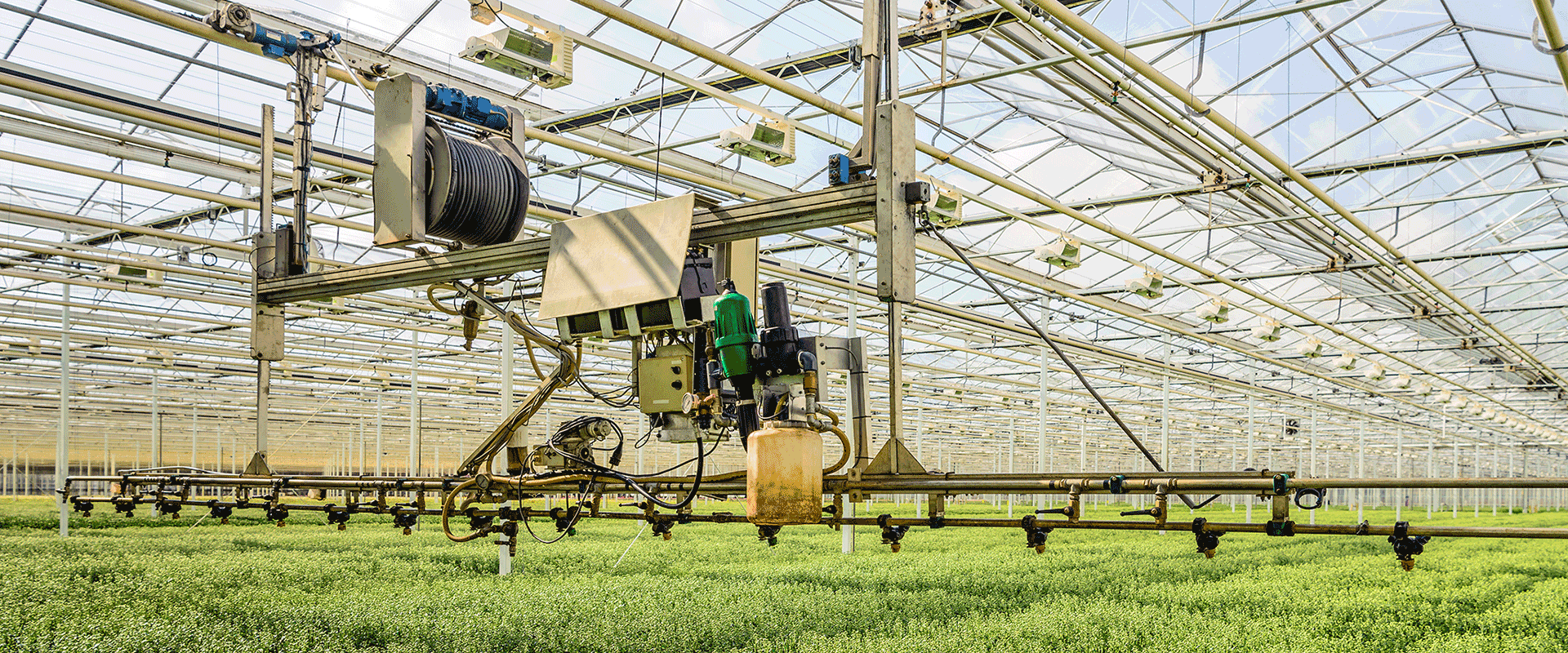
In recent years, the world has witnessed a significant shift in the way we approach agriculture. With increasing population demands, climate change challenges, and the need for sustainable food production, traditional farming methods are no longer sufficient. This has led to the emergence of Controlled Environment Agriculture (CEA) as a revolutionary solution. In this article, we will delve into the world of CEA, exploring its benefits, technologies, and its potential to shape the future of agriculture.
Understanding Controlled Environment Agriculture (CEA)
What is CEA?
Controlled Environment Agriculture, often abbreviated as CEA, is an innovative farming approach that involves the cultivation of crops within enclosed structures, such as greenhouses or indoor facilities. These environments allow growers to have precise control over various factors, including temperature, humidity, light, and nutrient levels, creating ideal conditions for plant growth.
The Importance of Precision
CEA relies on advanced technologies, such as sensors, automation systems, and artificial intelligence, to monitor and adjust environmental conditions in real-time. This precision farming approach minimizes the impact of external factors like weather and pests, ensuring consistent crop yields throughout the year.
Advantages of CEA
Year-Round Crop Production
One of the most significant advantages of CEA is its ability to support year-round crop production. By maintaining stable and optimized conditions, farmers can grow seasonal crops out of their usual growing seasons, reducing the dependency on weather patterns.
Water Efficiency
CEA systems are highly water-efficient, using recirculation methods to minimize water wastage. Compared to traditional open-field farming, CEA can reduce water consumption significantly, making it an environmentally responsible choice.
Pest and Disease Management
With controlled environments, the risk of pest infestations and diseases is greatly reduced. This leads to a decreased reliance on chemical pesticides, promoting healthier and more sustainable agriculture.
Emerging Technologies in CEA
Vertical Farming
Vertical farming is a subset of CEA that involves growing crops in stacked layers, often in urban areas. This technology maximizes space utilization, making it a promising solution for food production in densely populated cities.
Hydroponics and Aeroponics
Hydroponics and aeroponics are soil-less cultivation methods that deliver nutrients directly to plant roots. These techniques are highly efficient and can be integrated into CEA systems for enhanced productivity.
The Environmental Impact
CEA’s sustainable practices extend beyond water efficiency. By reducing the need for long-distance transportation of produce and minimizing pesticide usage, CEA can significantly lower the carbon footprint of agriculture.
Conclusion
Controlled Environment Agriculture is more than just a farming method; it’s a transformative approach that has the potential to revolutionize food production. With its focus on precision, sustainability, and year-round crop production, CEA addresses many of the challenges faced by traditional farming. As we look to the future, CEA is poised to play a vital role in ensuring food security and environmental sustainability.